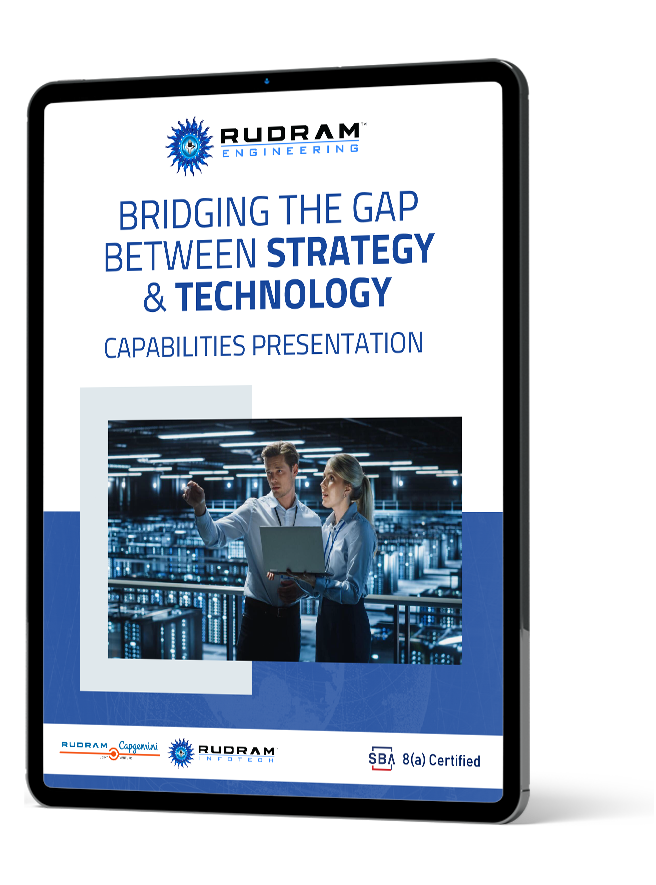In today’s fast-paced technological landscape, organizations continually seek ways to improve efficiency, reduce errors, and streamline workflows. Model-Based Systems Engineering (MBSE) offers a powerful approach to achieving these goals by providing a comprehensive framework for systems engineering using models. This blog post explores how MBSE can streamline workflows and offers practical tips and strategies for effective implementation.
Understanding Model-Based Systems Engineering
Model-Based Systems Engineering (MBSE) is a methodology that uses models to support the entire lifecycle of a system, from conceptual design through development, verification, validation, and operation. Unlike traditional document-centric approaches, MBSE relies on digital models to provide a single source of truth, ensuring consistency and improving stakeholder communication.
Key Benefits of MBSE
1. Define Clear Objectives and Scope
Before implementing MBSE, defining clear objectives and the project’s scope is crucial. This includes understanding what you aim to achieve with MBSE and which aspects of your workflow will be impacted.
Set Measurable Goals
Identify specific, measurable goals such as reducing development time, improving product quality, or enhancing collaboration. Having clear objectives will help guide the implementation process and measure success.
Scope Management
Determine the scope of your MBSE initiative by identifying which projects, systems, or processes will be included. Start with a pilot project to refine your approach before scaling to more complex systems.
2. Choose the Right MBSE Tools
Selecting the appropriate tools is essential for the successful implementation of MBSE. Your chosen tools should align with your organization’s needs and integrate seamlessly with existing systems.
Criteria for Tool Selection
Popular MBSE Tools
Some popular MBSE tools include MagicDraw, Enterprise Architect, and IBM Rational Rhapsody. Each offers unique features and capabilities, so it’s essential to evaluate them based on your specific needs.
3. Develop a Robust Modelling Methodology
A well-defined modeling methodology is the backbone of successful MBSE implementation. This includes establishing guidelines and best practices for model creation, validation, and maintenance.
Standardise Modelling Practices
Create standardized templates and guidelines to ensure consistency across models. This includes defining modeling languages, conventions, and documentation practices.
Model Validation and Verification
Implement processes for validating and verifying models to ensure accuracy and completeness. This includes regular reviews and audits to identify and correct issues.
Continuous Improvement
Regularly review and update your modeling methodology to incorporate lessons learned and best practices. Encourage feedback from team members to identify areas for improvement.
4. Foster Collaboration and Communication
One key benefit of MBSE is improved collaboration and communication among stakeholders. Fostering a collaborative environment is essential to maximizing this benefit.
Cross-Functional Teams
Form cross-functional teams with representatives from engineering, design, and quality assurance departments. This ensures that all perspectives are considered in the modeling process.
Regular Communication
Establish regular communication channels such as meetings, workshops, and digital platforms to facilitate information sharing and collaboration. Use visual models to enhance understanding and decision-making.
Training and Education
Provide comprehensive training and education on MBSE principles and tools to ensure all team members have the necessary skills. Offer ongoing support and resources to encourage continuous learning.
5. Integrate MBSE with Existing Processes
Integrating MBSE with existing processes and workflows is critical for a smooth transition. This includes aligning MBSE practices with project management, development, and quality assurance processes.
Seamless Integration
Ensure that MBSE tools and methodologies integrate seamlessly with existing systems such as PLM (Product Lifecycle Management) and ERP (Enterprise Resource Planning) systems. This minimizes disruptions and enhances efficiency.
Process Alignment
Align MBSE practices with existing processes by identifying overlaps and gaps. Develop a cohesive workflow that incorporates MBSE without duplicating efforts or creating bottlenecks.
Change Management
Implement a robust change management strategy to address potential resistance and ensure a smooth transition. Communicate the benefits of MBSE and provide support to help team members adapt to new practices.
6. Monitor and Measure Performance
Monitoring and measuring the performance of your MBSE implementation is essential to ensure it delivers the desired benefits. This includes tracking key metrics and making data-driven decisions to optimize processes.
Key Performance Indicators (KPIs)
Identify KPIs that align with your objectives, such as development time, defect rates, and collaboration metrics. Regularly track and analyze these KPIs to assess performance.
Feedback Loops
Establish feedback loops to gather input from team members and stakeholders. Use this feedback to identify areas for improvement and adjust your MBSE practices as needed.
Continuous Improvement
Adopt a culture of continuous improvement by regularly reviewing performance and implementing changes based on data and feedback. Encourage innovation and experimentation to enhance your MBSE practices.
About Rudram
Rudram Engineering, Inc. (REI) is a distinguished leader in software systems engineering, renowned for its innovative solutions and cutting-edge technologies. Specializing in developing cloud-based technologies, REI leverages the power of DevSecOps to integrate security seamlessly into the software development lifecycle. Additionally, the company employs Agile software development methodologies to ensure flexibility, efficiency, and rapid delivery of high-quality software solutions. With a solid commitment to excellence and a forward-thinking approach, Rudram Engineering, Inc. continues to set new standards in the engineering industry, providing robust and scalable solutions that meet the evolving needs of its clients.
Conclusion
Model-Based Systems Engineering offers a transformative approach to streamlining workflows and enhancing efficiency in systems engineering. By defining clear objectives, choosing the right tools, developing a robust modeling methodology, fostering collaboration, integrating MBSE with existing processes, and monitoring performance, organizations can effectively implement MBSE and reap its numerous benefits. Embrace these tips and strategies to optimize your workflows and stay ahead in the competitive landscape of 2024 and beyond.
